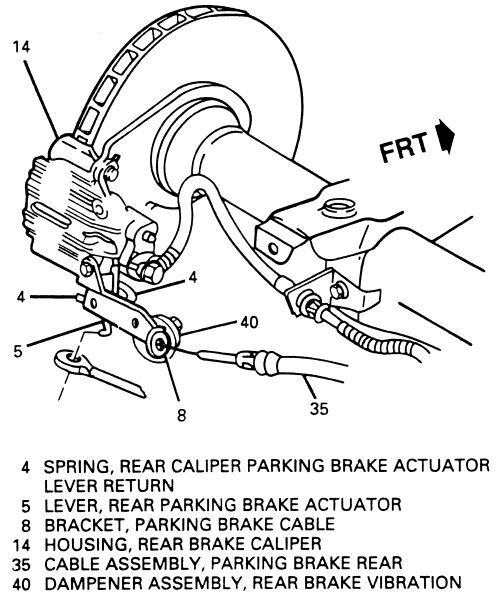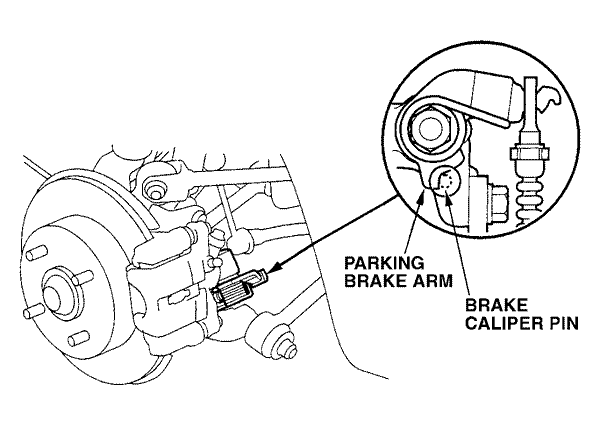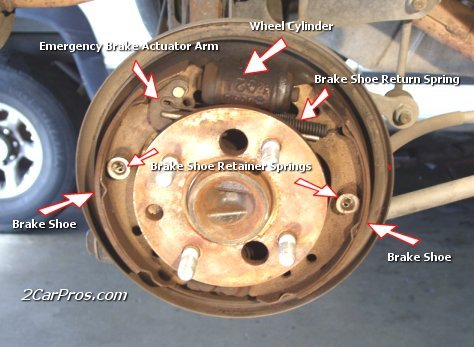Thread Starter
#1
Basics, Pros & Cons of Disc brake : Service + Parking
Cars with disc brakes (all 4 wheels, especially the rear) has two types of parking brakes
1) Combined Caliper Disc


This type is commonly used, which operates service brakes through hydraulic fluid & mechanically operated parking brake.
Pros:
-Light weight
-Low cost
-Narrow wheel bearings
Cons:
-Complicated caliper design
-Reliability: After running brake disc & pads are hot and expanded. When the vehicle is stopped with parking brake, disc & pad cools and contracts. Result- Less braking efficiency.
2) Drum In-Hat brake (DIH)

This type has a disc & caliper for service brake and traditional drum & shoe for parking brake. Drum & disc are a single unit. Hydraulic fluid operated disc service brakes & mechanically operated drum parking brakes.
Pros:
-Parking brakes can be used as emergency brakes in case of service brake failure
-No effect of disc & pad heating & cooling
Cons:
-More cost
-More mass
-Wider wheel bearings to accommodate the increase in length (drum)
Cars with disc brakes (all 4 wheels, especially the rear) has two types of parking brakes
1) Combined Caliper Disc


This type is commonly used, which operates service brakes through hydraulic fluid & mechanically operated parking brake.
Pros:
-Light weight
-Low cost
-Narrow wheel bearings
Cons:
-Complicated caliper design
-Reliability: After running brake disc & pads are hot and expanded. When the vehicle is stopped with parking brake, disc & pad cools and contracts. Result- Less braking efficiency.
2) Drum In-Hat brake (DIH)

This type has a disc & caliper for service brake and traditional drum & shoe for parking brake. Drum & disc are a single unit. Hydraulic fluid operated disc service brakes & mechanically operated drum parking brakes.
Pros:
-Parking brakes can be used as emergency brakes in case of service brake failure
-No effect of disc & pad heating & cooling
Cons:
-More cost
-More mass
-Wider wheel bearings to accommodate the increase in length (drum)


